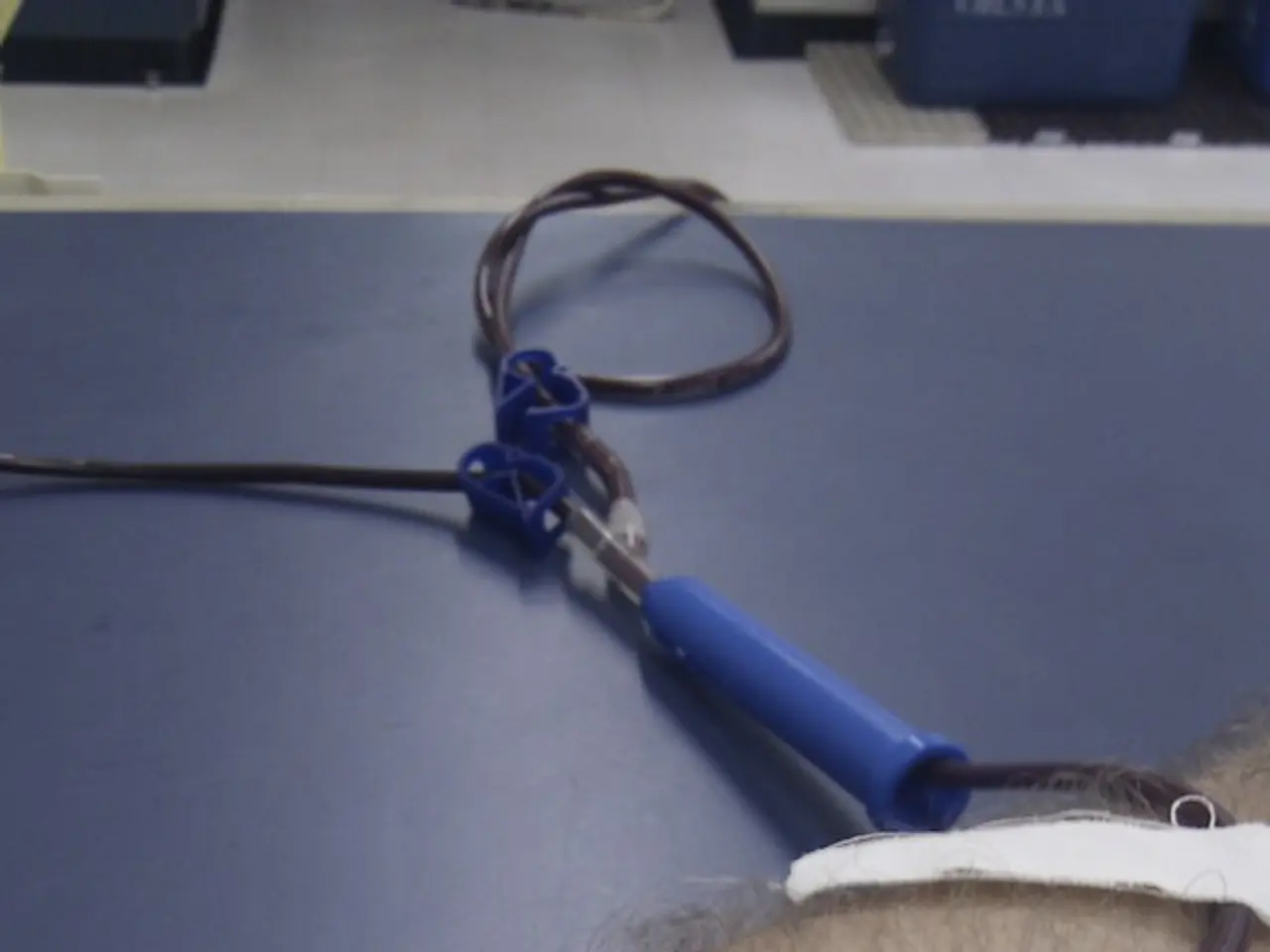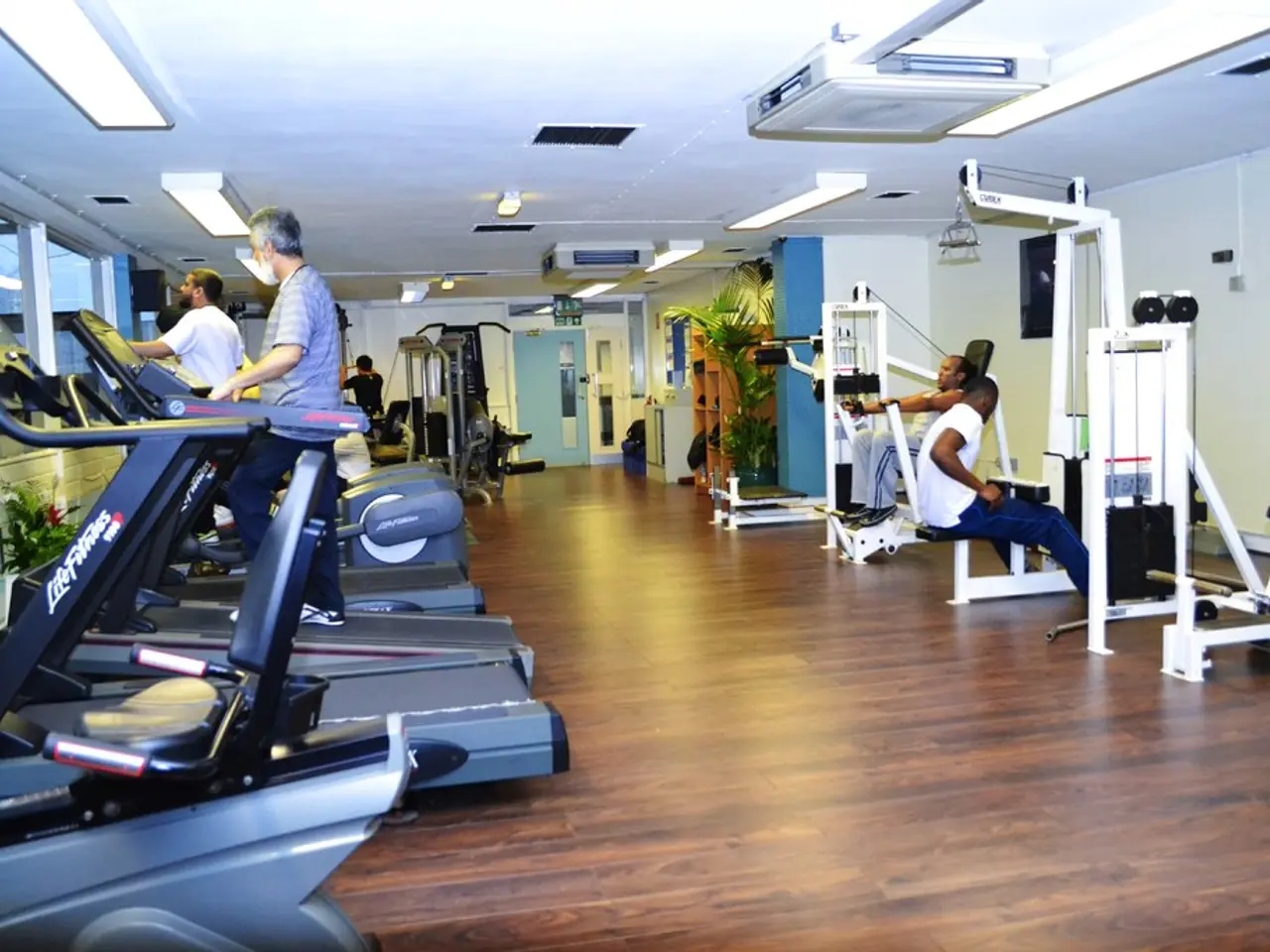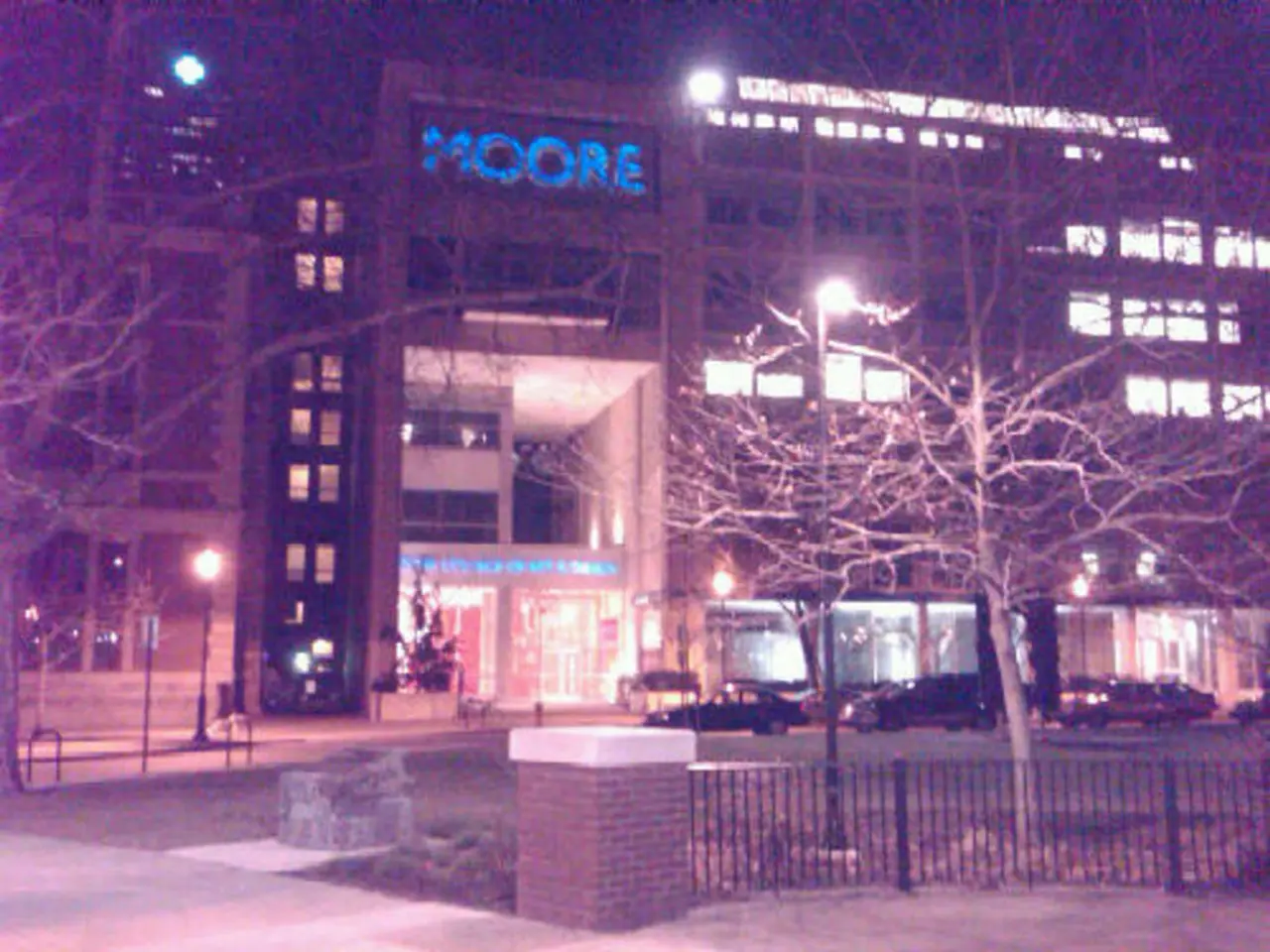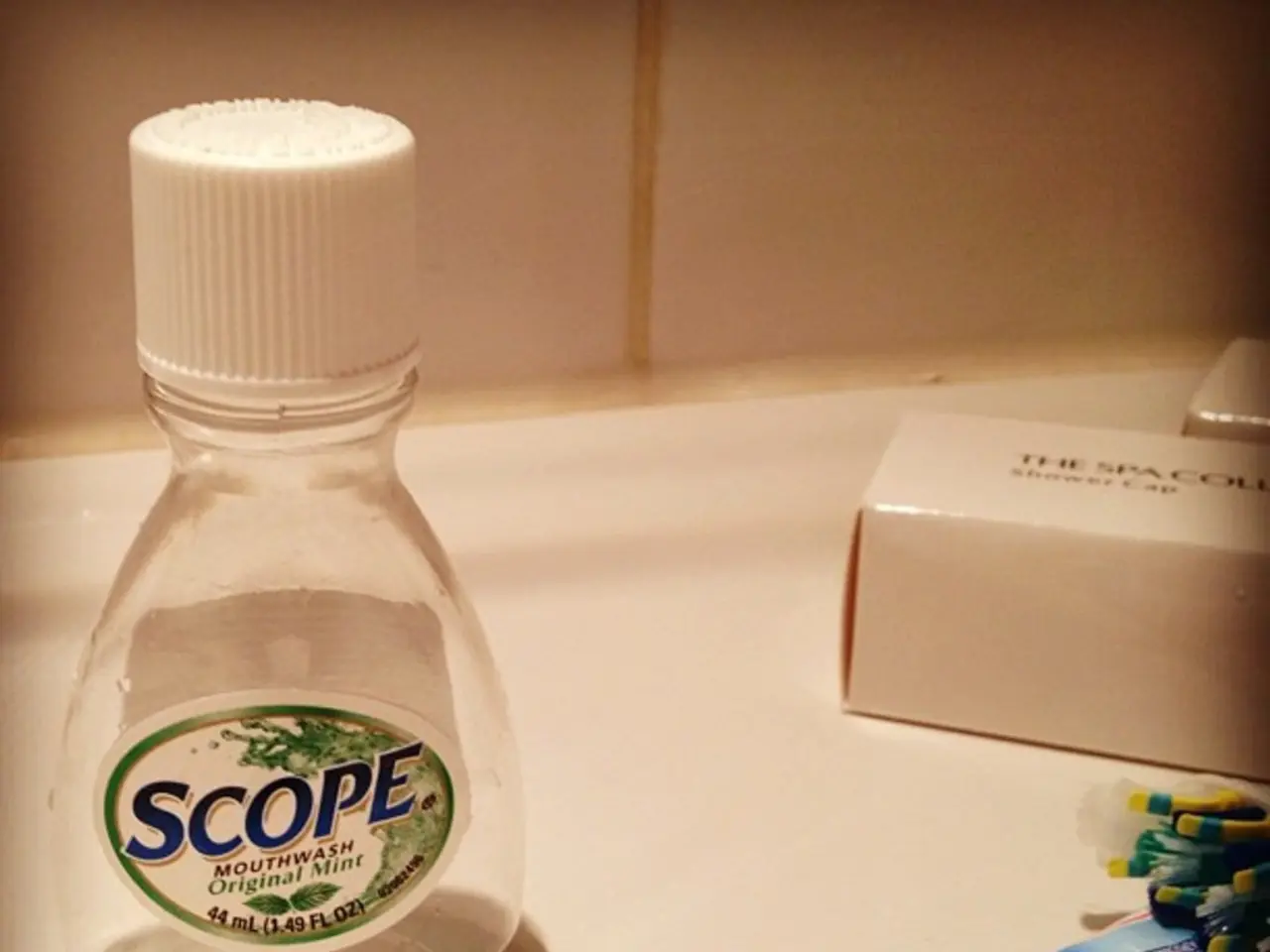Dubai Holds Pioneering International Conference on Eustachian Tube Studies
The First International Conference on Eustachian Canal Research and Interventions concluded successfully at the Intercontinental Hotel Dubai, marking a milestone in the region's advancement in ENT care and research. Dr. Muath Tarabishi, President of the conference, called it a "significant step towards making Dubai a hub for medical progress in the under-researched domain of the Eustachian tube."
The conference, held alongside the 20th Middle East Academy of Ear, Nose and Throat (ENT) Conference, brought together leading otolaryngologists and researchers from around the world. Dr. Muath Tarabishi underscored the significance of hosting the conference in the UAE, while Dr. Dennis Poe, associate professor at Harvard Medical School and former chair of the International Working Group on Eustachian Tube (IWGET), served as the former chair of the conference.
The key challenges in diagnosing and treating Eustachian tube dysfunction (ETD) were discussed at length during the conference. The complexity of accurately identifying the underlying cause and tailoring effective treatment that addresses individual variations in anatomy and physiology were highlighted as major obstacles.
Key challenges in diagnosis include differentiating the precise cause of ETD symptoms, which may arise from allergies, infections, structural abnormalities, or dysfunction in interconnected systems such as mucosal gas exchange or mastoid air cell buffering. Achieving accurate assessment involves advanced diagnostic tools such as endoscopy, tympanometry, audiological testing, and evaluating contributing factors like adenoid hypertrophy or allergies.
Key challenges in treatment include the need for highly personalized approaches, incorporating both medical (nasal steroids, allergy management, decongestants) and minimally invasive surgical options like Eustachian tube balloon dilation, pressure equalization tubes, or myringotomy when necessary. Choosing the optimal treatment pathway involves understanding which of the three interrelated pressure regulation mechanisms (mucosal gas exchange, Eustachian tube function, mastoid buffering) is impaired, ensuring targeted, effective, and minimally invasive interventions are used.
Dr. Dennis Poe stated that the conference crystallized some of the field's most urgent clinical questions about the Eustachian tube. The conference has underscored the significance of continued research and dialogue in the field of Eustachian tube studies. The impact of the conference extends beyond the region, potentially influencing global ENT standards.
The need for tailored approaches across age groups was emphasized in discussions about treating Eustachian tube dysfunction. The success of the conference may encourage further international collaboration in Eustachian tube research and interventions. Experts agree that the dialogue sparked by the conference is significant for making Dubai a hub for medical progress in the under-researched domain of the Eustachian tube.
The closing of the conference marks a vital step forward in elevating global ENT standards. The conference has further reinforced Dubai's position as a key location for medical advancements, particularly in the Eustachian tube domain. The impact of the conference is expected to be felt for years to come, as researchers and clinicians continue to build upon the discussions and findings presented at the First International Conference on Eustachian Canal Research and Interventions.
[1] Agarwal, R., & Mukherjee, S. (2019). Eustachian tube balloon dilation: A review of the literature. International Journal of Pediatric Otorhinolaryngology, 123, 104-110.
[2] Kim, J. H., & Lee, J. H. (2018). The role of the Eustachian tube in the pathogenesis of middle ear effusion and otitis media. Journal of Otolaryngology - Head & Neck Surgery, 47(1), 25.
[3] Mukherjee, S., & Agarwal, R. (2019). Balloon dilation of the Eustachian tube: A review of the literature. Ear, Nose & Throat Journal, 98(6), 338-343.
[4] Poe, D. L. (2018). Current concepts in the diagnosis and management of Eustachian tube dysfunction. Otolaryngology - Head and Neck Surgery, 159(6), 989-997.
[5] Tarabishi, M., & Al-Khateeb, A. (2019). Eustachian tube dysfunction: Diagnosis and management. Saudi Journal of Otolaryngology - Head & Neck Surgery, 31(3), 188-197.
- The First International Conference on Eustachian Canal Research and Interventions not only emphasized the need for tailored approaches across age groups in treating Eustachian tube dysfunction, but also underscored the significance of continued research and dialogue in the field of Eustachian tube studies, potentially influencing global ENT standards.
- The impact of the conference is expected to be felt for years to come, as researchers and clinicians continue to build upon the discussions and findings presented at the First International Conference on Eustachian Canal Research and Interventions, which may encourage further international collaboration in Eustachian tube research and interventions.
- The conference, held by leading otolaryngologists and researchers, highlighted the complexity of accurately identifying the underlying cause of Eustachian tube dysfunction and tailoring effective treatment that addresses individual variations in anatomy and physiology, emphasizing the role of innovation and science in medical-conditions like ETD.




